If you’re anything like us, you may find the expansion of BMW’s portfolio a little bit overwhelming. In the span of a few short years, the automaker went from having just six different automobile series (or seven, if you count the long-defunct 8-series), to having nine. That’s ten if you include the “BMW i” cars.
Here to set us all straight on the automaker’s present and future is Motor Trend, who managed to secure an interview with recently-appointed BMW Head of R&D Klaus Fröhlich.
To start with, Motor Trend asked the new BMW Head of R&D about platforms. Despite the proliferation of different model series, Mr. Fröhlich responded that BMW and Mini are working toward reducing the number of platforms – or “clusters,” as he calls them – to just two. One of those would be transverse, intended primarily for FWD, and the other would be longitudinal, for RWD. Both would be AWD-capable, as well.
Mr. Fröhlich told the magazine: “The front-wheel drive [cluster] is from the X1 down to the Mini. Those cars need different axle positions, bulkhead heights, hip points. Then we have the RWD cluster from the 7-series down to the 1-series. The powertrain is always in the same position – the position of the flywheel.” But, the platforms are designed to be more flexible and modular than those of the past. “You can change the width, wheelbase, rear-axle type – a luxury one for the 7-series, and one that’s more space-efficient for the 3-series Touring,” he said.
Later, on the topic of the entry-level 1-series, the BMW Head of R&D admitted to some uncertainty regarding the drivetrain configuration of the next-generation car; all the models with which it competes directly are now FWD. “If rear drive, we would lose advantages of luggage space,” Fröhlich explained. “But if one sort of customer wants space, he can get the [front-wheel drive] 2-series Active Tourer. The 1-series is about conquest sales, so it has to be a ‘true’ BMW. We don’t have to decide until the end of this year.”
Moving on to the topic of EVs, Motor Trend reports that the aforementioned longitudinal, RWD-focused platform has been developed to be compatible with BMW’s alternative fuel powertrains, including the new Power eDrive system. In a time when much more rabid future demand of EVs and hybrids seems likely, but not guaranteed, that sort of out-of-the-box compatibility can make a huge difference. Even still, it’s a tricky market: “In the US, we have a mandatory roadmap [for EVs]. In Europe, [their adoption] will be very slow because there’s limited regulatory support. In other regions it could change dramatically.
“For example, if you need a PHEV to get a license plate in China.” Historically, so-called “pure” EVs like the Tesla Model S have been slow to gain popularity in the Chinese marketplace due to a widespread anticipation of range anxiety.
Finally, the topic that seemed to have the BMW Head of R&D most excited about his new position of authority: a BMW-Toyota sportscar collaboration. Mr. Fröhlich told the magazine: “I know what I want: a really sharp, sporty Z4 successor. I want to make this happen. And I know the elements it must use.”
And just when he attracted our utmost attention, his lips were sealed.

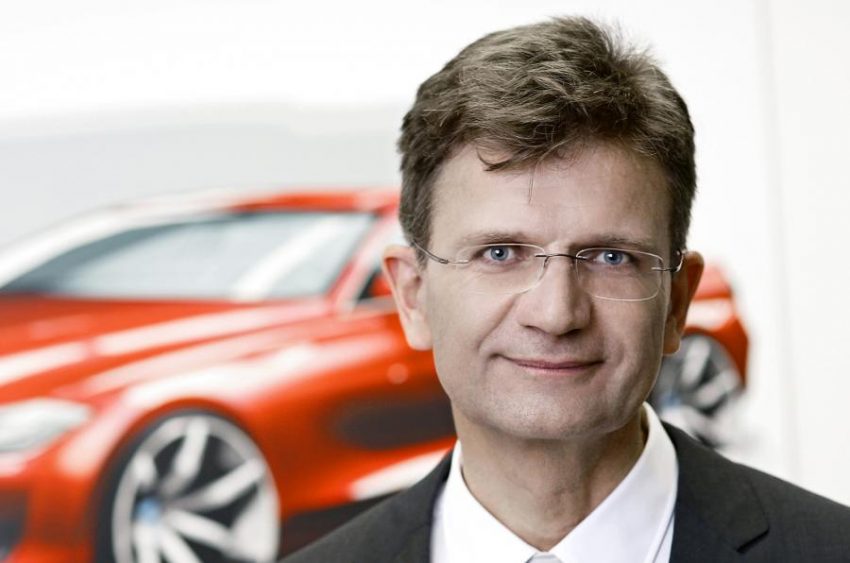
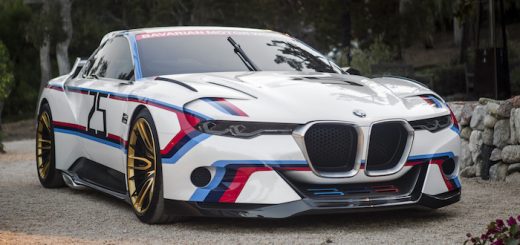

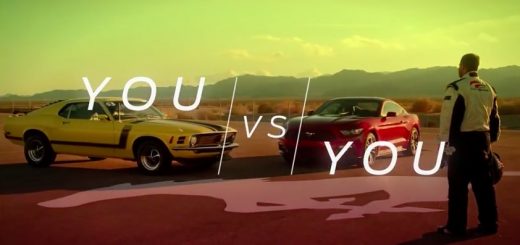
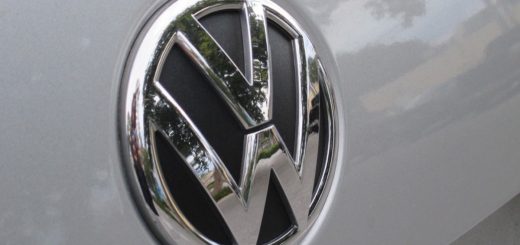

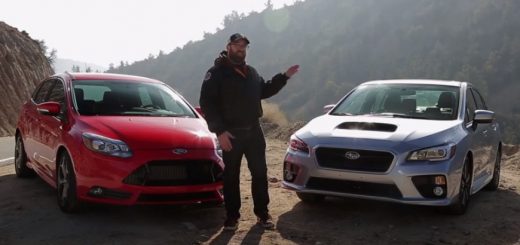






No Comments yet